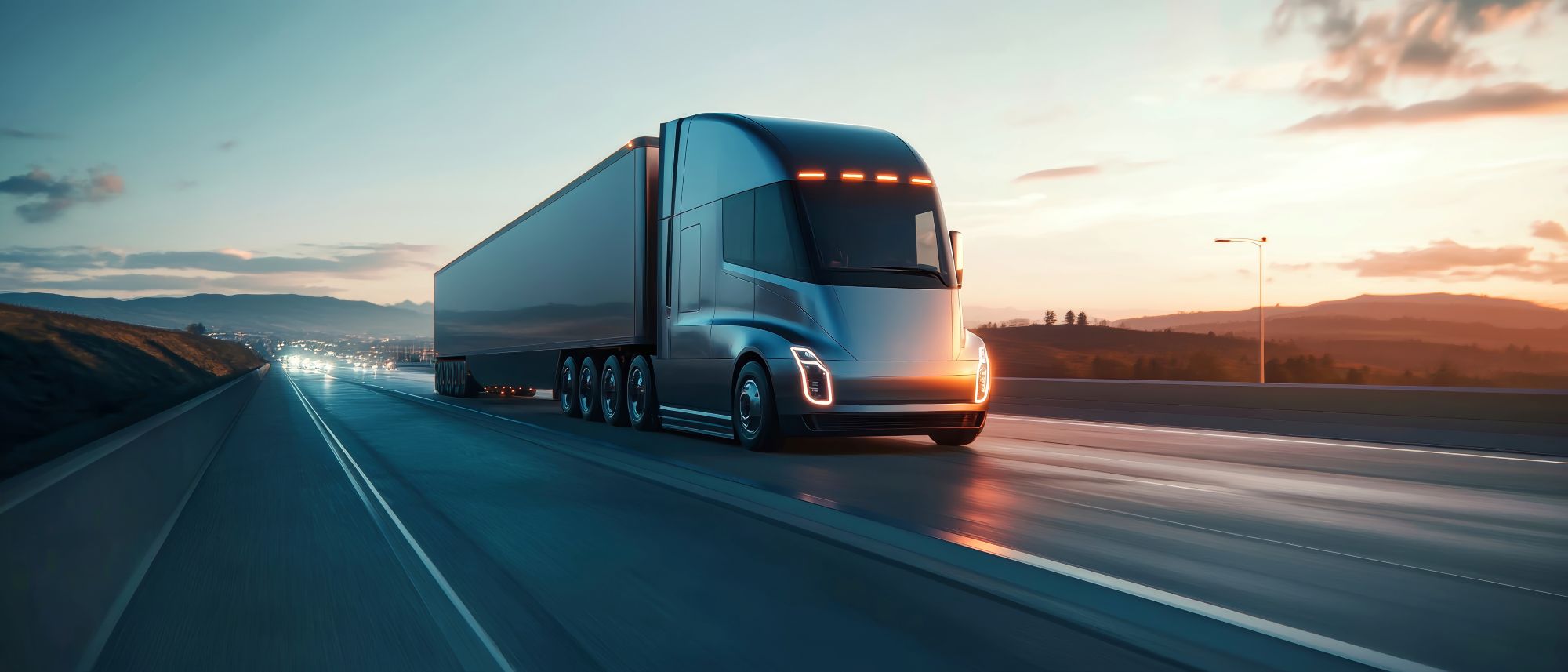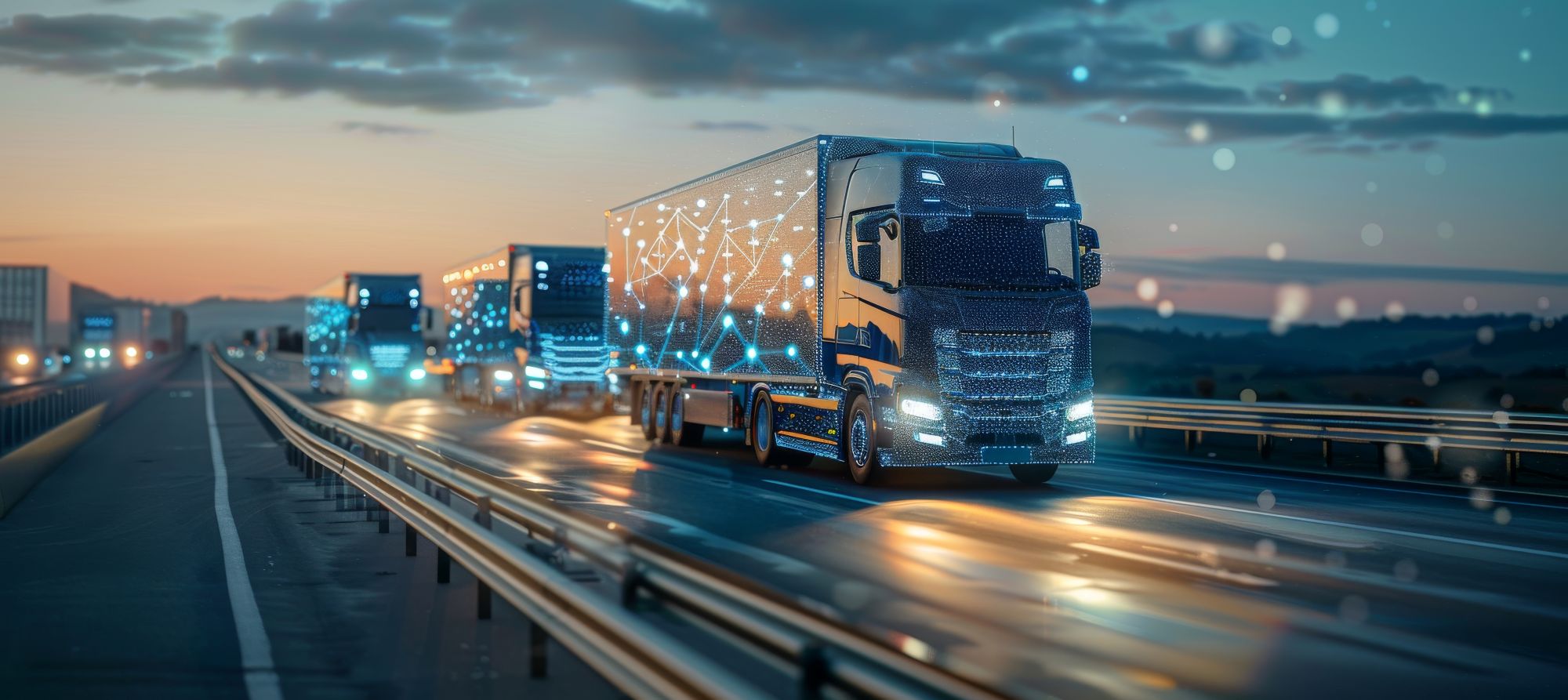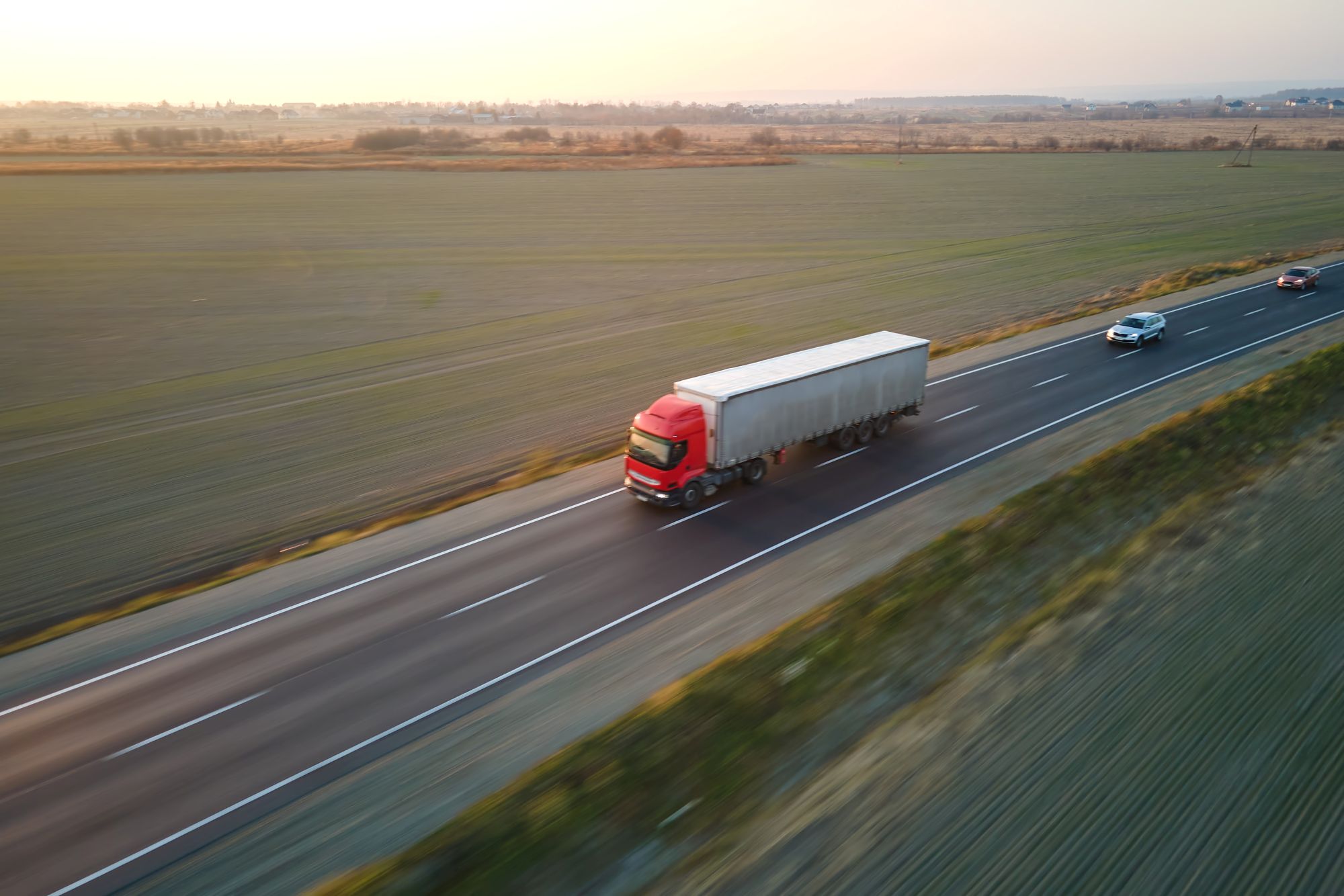
Guest
Er flåderne ved at skifte til integration af selvkørende køretøjer?
Oprettet: 28.08.2025
•
Opdateret: 28.08.2025
Rygterne om selvkørende biler er ikke så højlydte, som de plejede at være, men de er stadig en konstant støj i flådechefernes ører. Den britiske regering har flyttet pilotplanerne for integration af selvkørende køretøjer til 2026, hvilket har fornyet interessen for teknologien. Vil beslutningstagerne ignorere støjen eller omfavne en tidlig indførelse?
Hvad indebærer integration af autonome køretøjer?
Integration af autonome køretøjer indebærer, at selvkørende teknologier som kunstig intelligens, LiDAR (Light Detection and Ranging) og HD-kameraer integreres i kommercielle flåder. I en større skala handler det om at indføre selvkørende biler i eksisterende offentlige transportsystemer.
Førerassistentsystemer omfatter kollisionsforebyggelse, automatisk hastighedsjustering, vognbanecentrering, adaptiv fartpilot og intelligent samkørsel. Delvis og betinget automatisering udnytter mere avancerede teknologier til at muliggøre håndfri betjening under visse omstændigheder.
Automatisering på niveau 4 og 5 er topprioriteter for bilproducenter, men udfordrende at implementere i praksis, fordi ingeniører skal tage højde for utallige marginaltilfælde. Selv med avanceret AI kan det være svært at perfektionere parkering og forhindre kollisioner. Hvad nu, hvis fortovsmarkeringerne knap nok er synlige, eller hvis et barn løber ud på vejen? Adoption afhænger af bilens reaktion.
Er flåderne ved at skifte til integration af selvkørende køretøjer?
Ifølge Centre for Connected & Autonomous Vehicles bekræftede transportminister Heidi Alexander, at den britiske regering vil fremskynde planerne for selvkørende kommercielle pilotprojekter og sigte mod foråret 2026. Det kan [skabe næsten 40.000 job] (https://www.gov.uk/government/news/driving-innovation-38000-jobs-on-the-horizon-as-pilots-of-self-driving-vehicles-fast-tracked) og tilføre 42 milliarder pund til den britiske økonomi inden 2035.
Landets nye lovgivning om automatiserede køretøjer er blandt de mest robuste i verden og lægger grunden til en udbredt kommerciel anvendelse. Teknologisk modenhed er den eneste tilbageværende forhindring.
I et interview med McKinsey & Company sagde Sascha Meyer - CEO for den tyske bilteknologivirksomhed MOIA - at det har været en udfordring at forudsige tidslinjerne for integration af selvkørende køretøjer. I 2016 mente hendes virksomhed MOIA at førerløse køretøjer ville sprede sig i hele Europa inden 2021.
Siden da har Meyer indset, at indførelsen kræver, at man designer et helt økosystem og ikke kun kørefunktioner. Ifølge den nye tidslinje vil der tidligst være selvkørende biler i europæiske byer i 2030. Ingeniørerne hos MOIA designer prototypen, så den overgår de påkrævede redundanser. På den måde vil de være klar til at køre kommercielt, når den relevante lovgivning er vedtaget.
Faktorer, der driver udbredelsen af førerløse køretøjer
Leverings-, taxa-, forsynings- og kommercielle flåder oplever en stigning i førerassistentsystemer og intelligent automatisering. Udbredelsen er dog stadig relativt lav, især når man tænker på, hvor længe teknologien har eksisteret. Hvad er deres planer for autonomi?
Øget effektivitet er en af hovedårsagerne til, at flådechefer tager automatisering til sig. I modsætning til mennesker kan førerløse varevogne køre døgnet rundt. Med telematiksystemer kan de optimere kørslen og minimere tomgangstiden for at forbedre brændstofeffektiviteten og fremskynde turene.
AI er immun over for menneskelige fejl og eliminerer hårde opbremsninger og distraheret kørsel. Den kan ikke blive træt og har ikke blinde vinkler. Disse forbedringer kan være med til at reducere antallet af sammenstød og bilulykker, hvilket kan mindske dyre arbejdsskadeerstatninger og potentielt sænke forsikringsomkostningerne.
Omkostningsbesparelser er en anden medvirkende faktor. På niveau 4 og 5 kan ejerne optimere lønudgifterne og kompensere for mangel på chauffører. Desuden kan elektriske førerløse biler med vehicle-to-grid-kapacitet [reducere driftsomkostningerne med næsten 20 %] (https://www.sciencedirect.com/science/article/abs/pii/S0306261921008850) over 30 år, hvilket hjælper med at opveje den indledende investering.

Faktorer, der forsinker indførelsen af førerløse køretøjer
Ud over at vente på, at den førerløse teknologi modnes, forsinker flådeejere indførelsen på grund af høje startomkostninger. Det er dyrt at indbygge LiDAR, AI og telematik i alle lastbiler. Det er lige så dyrt at købe nyt i stedet for at eftermontere. Selv hvis der kunne findes omkostningsbesparelser, bevæger teknologien sig hurtigt - deres investering kan hurtigt blive forældet.
Sikkerhed er en anden bekymring. Fotoøjesensorer er standard i de fleste moderne garageporte. De forhindrer døren i at lukke mod genstande, biler eller mennesker og bruges i hele branchen i bilvask og på samlebånd i bilindustrien. Mens nogle bilproducenter kun bruger kamerasystemer, har ingeniørerne været nødt til at finde nye løsninger. I dag bruger mange LiDAR, globale navigationssatellitsystemer og ultralydssensorer.
Men selv de mest avancerede systemer er fejlbehæftede. Det er ikke nok at få automatiserede biler til at fungere lige så godt som mennesker - de skal lykkes, hvor menneskelige chauffører fejler.
Sensorer har eksisteret i årevis, men ingeniørerne har ikke perfektioneret dem endnu. De kan fejle i ekstreme tilfælde eller ukendte scenarier. Niveau 3-biler fungerer kun på forud kortlagte, opdelte motorveje i klart vejr. I betragtning af at Storbritannien [oplevede 150 dage med nedbør] (https://renovated.com/best-net-zero-energy-building-examples-from-around-the-globe/) i 2021, kan de være for upålidelige til at blive brugt i stor skala.
Sådan kan Storbritannien forberede sig på autonome køretøjer
Integrationen af autonome køretøjer går måske langsomt, men den er på vej til at nå sit mål inden for det næste årti. Ifølge Goldman Sachs' forskning kan op til 10 % af de nye biler, der sælges på verdensplan, være niveau 3-køretøjer i 2030. De forudser, at niveau 2 - dem, der kræver førerovervågning - vil stige fra 20 % af salget i 2025 til 30 % i 2027.
Ledere bør overveje omfanget af og omkostningerne ved integration af autonome flåder for at afgøre, om tidlig indførelse er det rigtige for dem. Det vil sandsynligvis resultere i langsigtede besparelser, men det kan være mere givende at vente, fordi det giver tid til teknologiske fremskridt. Hvis cost-benefit-analysen ikke er overbevisende, bør de overveje at opgradere gradvist, efterhånden som bilerne går i stykker.
De, der går videre med indførelsen, skal udvikle politikker for drift, opbevaring, sikkerhed og opgraderinger. Disse regler bør variere afhængigt af automatiseringsniveauet. F.eks. skal førere af niveau 3-lastbiler være fuldt opmærksomme på vejen og tage styringen, hvis det er nødvendigt.
At uddanne medarbejderne i deres rolle er afgørende for en vellykket implementering. Volkswagen Financial Services' undersøgelse viste, at [seks ud af 10 personer] (https://fleetworld.co.uk/majority-of-uk-drivers-say-theyre-better-than-autonomous-vehicles/) anser sig selv for at være bedre chauffører end autonome køretøjer, så det er usandsynligt, at de overvurderer det førerløse systems evner. De bør dog stadig modtage eksplicit træning i bedste praksis og vaner, der skal undgås.
Fremtiden for integration af autonome flåder i Storbritannien
Selvkørende maskiner arbejder hårdt i havne og lagerbygninger i hele Europa. Det er mere udfordrende at automatisere motorvejskøretøjer, fordi de ikke kører på et fast spor. De skal også tage højde for variabler som vejr og andre bilister. Geofencing, telematik og AI fremskynder indførelsen ved at gøre det uforudsigelige forudsigeligt. I det mindste forbedrer disse løsninger responstiderne og mindsker menneskelige fejl, hvilket viser, at disse tidligere uprøvede teknologier er lige så dygtige som menneskelige bilister.
Indtil videre er fuld automatisering, der eliminerer behovet for menneskelig opmærksomhed, stadig teoretisk. Men håndfri kørsel er en realitet, og førerløse systemer kan snart blive standard i kommercielle flåder. Efterhånden som bilproducenterne perfektionerer kørefunktionerne, bør flådeejere prioritere kortlægning af ruter, chaufførstyring og vedligeholdelsesplanlægning.

Se mere fra [Renovated Magazine] (https://renovated.com/).



